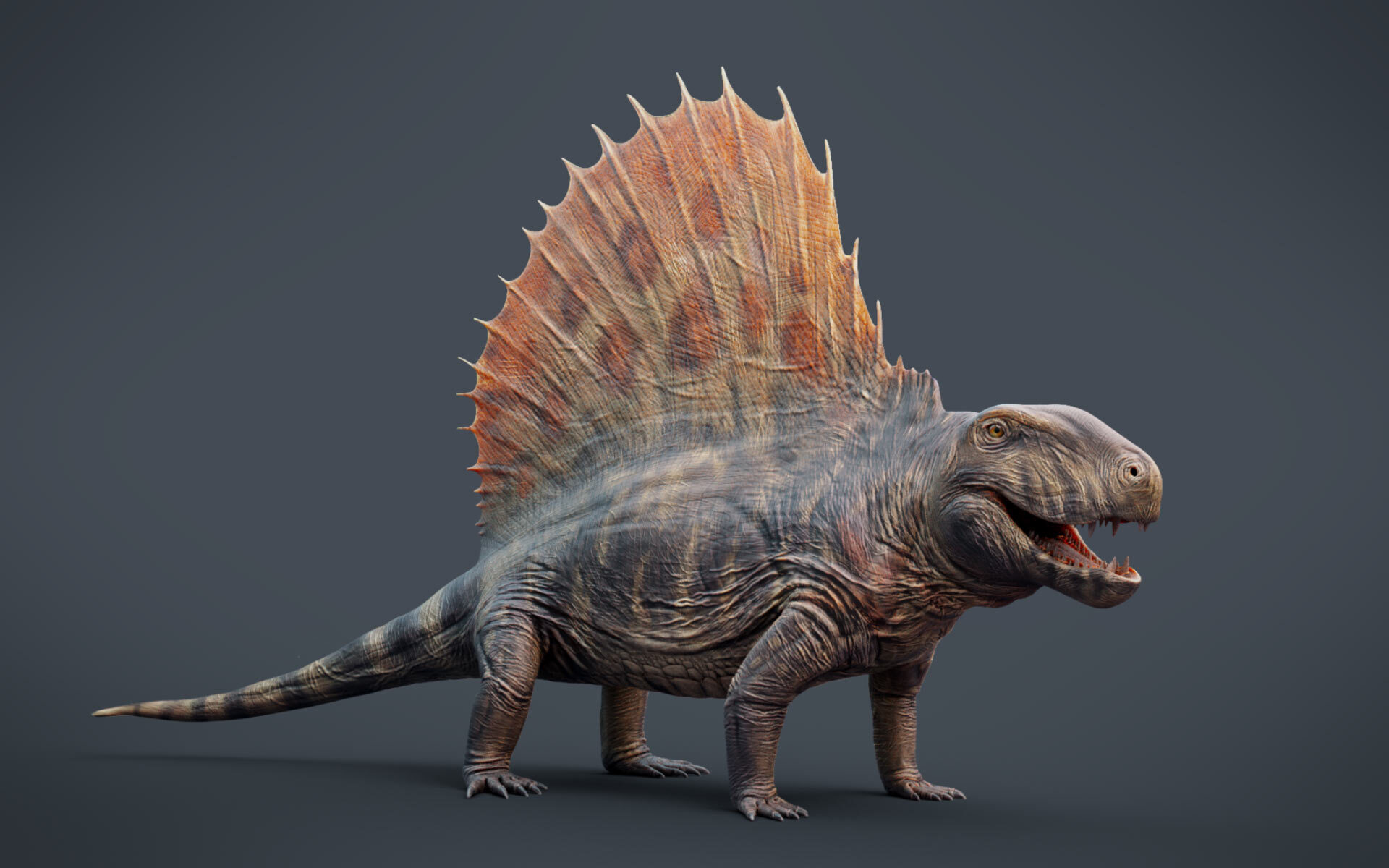
Endothermy is a fascinating biological feature that sets certain animals apart. But what exactly is it? Endothermy refers to the ability of an organism to maintain a stable internal body temperature regardless of external conditions. This trait is common in birds and mammals, allowing them to thrive in various environments, from scorching deserts to icy tundras. Unlike ectotherms, which rely on external heat sources, endotherms generate their own heat through metabolic processes. This ability provides several advantages, such as increased stamina and the capability to inhabit diverse habitats. However, it also requires a significant amount of energy. Curious about how this works and what animals benefit from it? Let's dive into 31 intriguing facts about endothermy!
What is Endothermy?
Endothermy refers to the ability of certain animals to regulate their body temperature through internal means, such as metabolic heat production. This trait is common in birds and mammals, allowing them to maintain a stable body temperature regardless of external conditions.
- Endothermy allows animals to remain active in a wide range of temperatures, from freezing cold to scorching heat.
- Birds and mammals are the primary groups of animals that exhibit endothermy.
- Endothermic animals often have higher metabolic rates compared to ectothermic animals, which rely on external heat sources.
- The term "warm-blooded" is commonly used to describe endothermic animals.
- Endothermy provides a survival advantage in cold environments by preventing body temperatures from dropping too low.
How Endothermy Works
Endothermic animals have developed various physiological mechanisms to generate and retain heat. These mechanisms are crucial for maintaining a stable internal environment.
- Shivering is a common method used by endothermic animals to generate heat through muscle activity.
- Brown adipose tissue, found in some mammals, is specialized for heat production.
- Sweating and panting are mechanisms used to dissipate excess heat in endothermic animals.
- Insulation, such as fur or feathers, helps retain body heat in cold conditions.
- Vasodilation and vasoconstriction regulate blood flow to the skin, aiding in heat retention or loss.
Evolution of Endothermy
The evolution of endothermy has been a significant milestone in the history of life on Earth. It has allowed animals to exploit new ecological niches and adapt to diverse environments.
- The evolution of endothermy is believed to have occurred independently in birds and mammals.
- Fossil evidence suggests that some dinosaurs may have exhibited endothermic traits.
- Endothermy likely evolved as a response to environmental pressures, such as fluctuating temperatures.
- The development of a four-chambered heart in birds and mammals is associated with the evolution of endothermy.
- Endothermy has enabled animals to inhabit colder regions that ectothermic animals cannot survive in.
Benefits of Endothermy
Endothermy offers several advantages that have contributed to the success of birds and mammals in various habitats.
- Endothermic animals can remain active during the night or in cold weather, unlike ectothermic animals that become sluggish.
- Stable body temperatures allow endothermic animals to maintain optimal enzyme function and metabolic processes.
- Endothermy supports high levels of sustained activity, such as long-distance migration in birds.
- Endothermic animals can inhabit a wider range of environments, from arctic tundras to tropical rainforests.
- The ability to regulate body temperature helps endothermic animals avoid predators and hunt more effectively.
Challenges of Endothermy
While endothermy provides numerous benefits, it also comes with certain challenges that animals must overcome.
- Maintaining a constant body temperature requires a significant amount of energy, leading to higher food intake.
- Endothermic animals are more susceptible to overheating in hot environments.
- The need for insulation, such as fur or feathers, can limit the ability to cool down quickly.
- Endothermic animals must balance heat production and heat loss to avoid temperature extremes.
- The high metabolic rates associated with endothermy can lead to faster aging and shorter lifespans in some species.
Examples of Endothermic Animals
Endothermy is a defining characteristic of birds and mammals, but it can also be found in some other animal groups.
- Birds, such as penguins and eagles, are classic examples of endothermic animals.
- Mammals, including humans, whales, and bats, exhibit endothermy.
- Some fish, like the opah, have developed partial endothermy to maintain warmer body temperatures.
- Certain insects, such as bees, can generate heat through muscle activity to regulate their body temperature.
- The naked mole-rat, although a mammal, exhibits a unique form of thermoregulation that is not entirely endothermic.
Future Research on Endothermy
Understanding endothermy continues to be an important area of research, with implications for biology, ecology, and even climate science.
- Scientists are studying the genetic basis of endothermy to uncover how this trait evolved and is maintained in different species.
The Wonders of Endothermy
Endothermy, the ability to maintain a stable internal body temperature, is a fascinating adaptation. It allows animals like mammals and birds to thrive in diverse environments. This trait provides several advantages, including increased stamina, faster growth rates, and the ability to inhabit colder regions. However, it also requires a high metabolic rate and significant energy intake.
Understanding endothermy helps us appreciate the complexity of animal physiology. It sheds light on how creatures have evolved to survive and flourish. This knowledge can also inform conservation efforts, as it highlights the specific needs of endothermic animals.
Endothermy is a remarkable example of nature's ingenuity. By exploring these facts, we gain a deeper appreciation for the intricate balance of life. Whether you're a student, a nature enthusiast, or just curious, learning about endothermy enriches our understanding of the natural world.
Was this page helpful?
Our commitment to delivering trustworthy and engaging content is at the heart of what we do. Each fact on our site is contributed by real users like you, bringing a wealth of diverse insights and information. To ensure the highest standards of accuracy and reliability, our dedicated editors meticulously review each submission. This process guarantees that the facts we share are not only fascinating but also credible. Trust in our commitment to quality and authenticity as you explore and learn with us.


